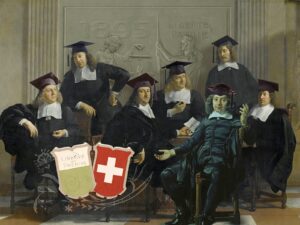
Legal era in the canton of Vaud
Seven of the first 36 federal councillors came from Vaud. And all of them were lawyers. This is not surprising, as jurisprudence was highly valued in the west of Switzerland.
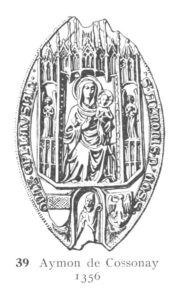
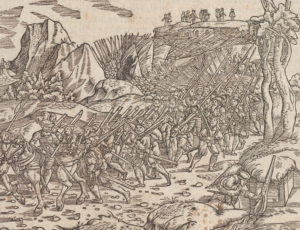
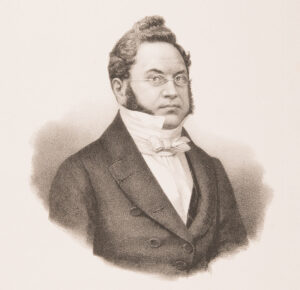
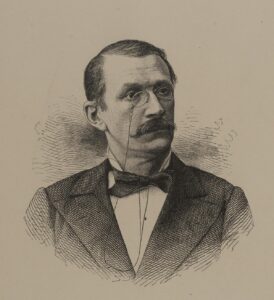

The fateful year 1898
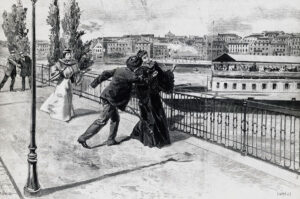


Seven of the first 36 federal councillors came from Vaud. And all of them were lawyers. This is not surprising, as jurisprudence was highly valued in the west of Switzerland.






